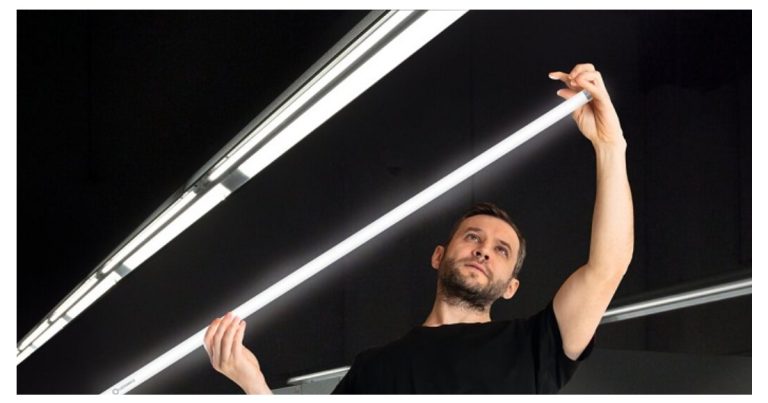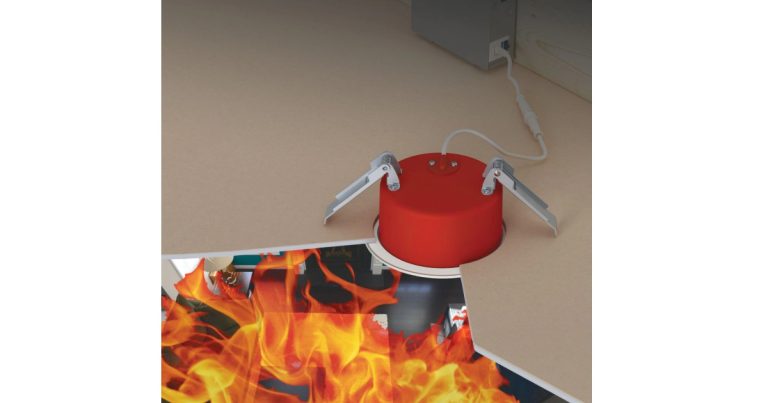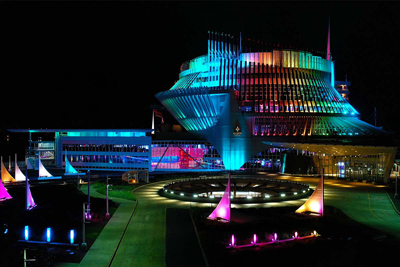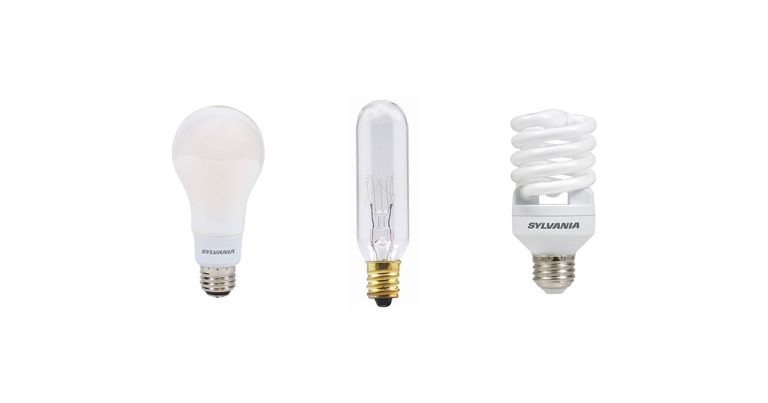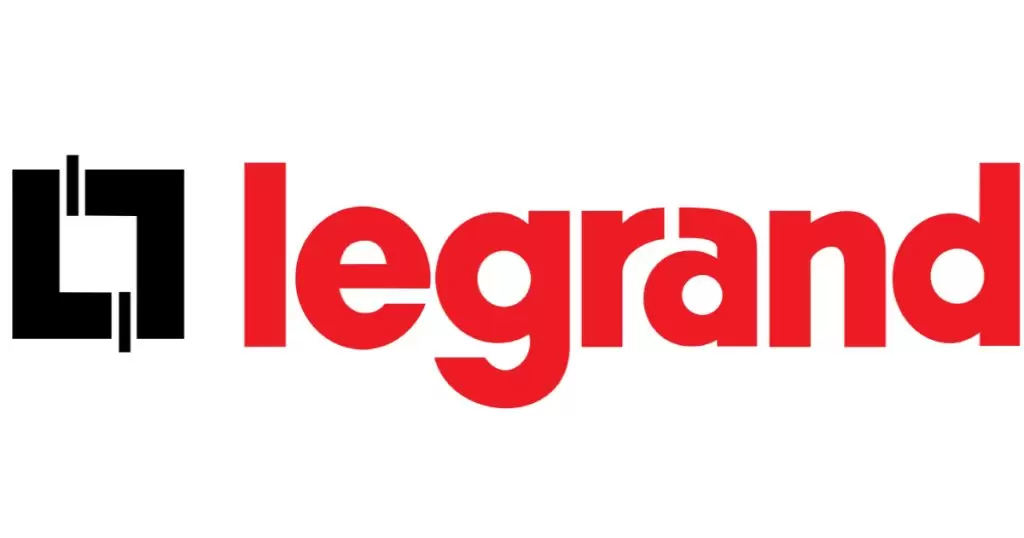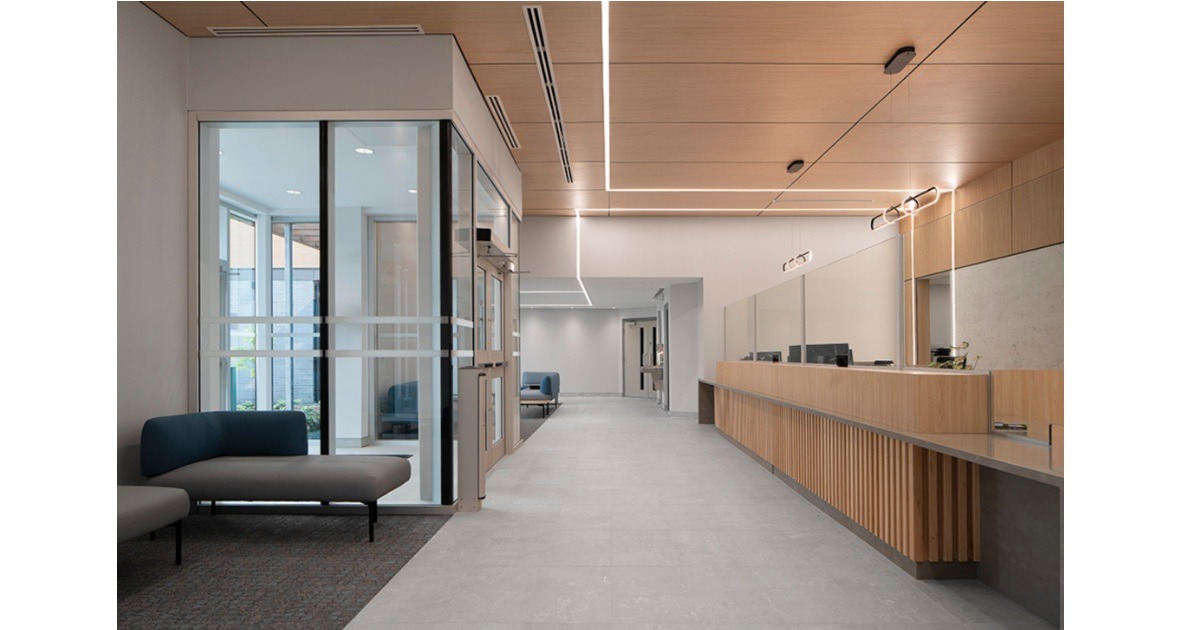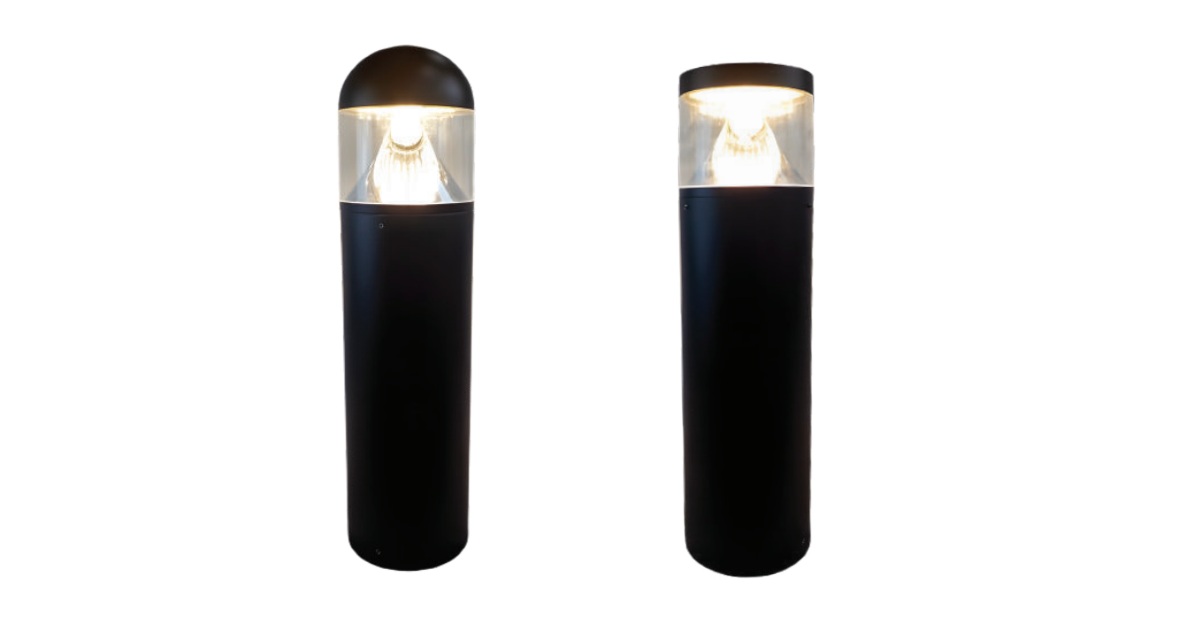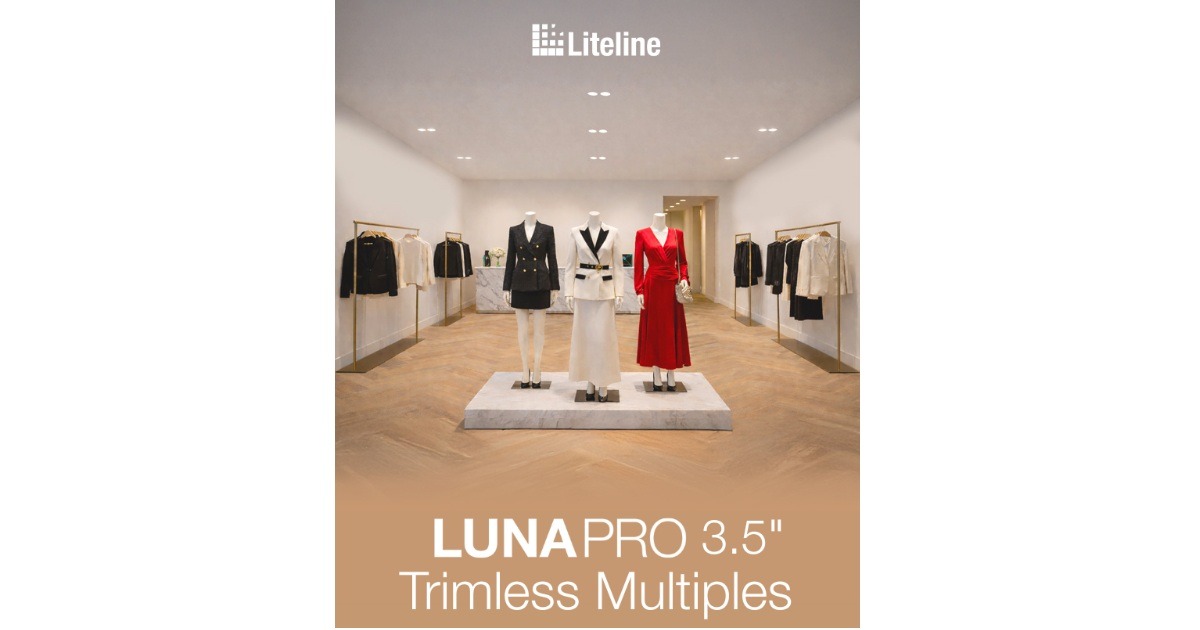Cooper Lighting Solutions: Hybrid Lighting Controls – A Symphony of Wired & Wireless Technologies

March 14, 2025
Exploring the Options of Hybrid Lighting Solutions
By: Martin Mercier, Senior Commercialization Marketing Manager Connected Systems / Connected Buildings for Cooper Lighting Solutions
The world of lighting control has entered a new era, blending the strengths of wired and wireless technologies into hybrid solutions. This approach delivers unmatched flexibility, energy efficiency, scalability, and ease of maintenance—meeting the diverse needs of modern buildings and their occupants. But what exactly is hybrid lighting control, and why is it gaining traction in the industry?
Understanding Hybrid Lighting Control
At its core, hybrid systems allow seamless integration of different communication protocols and device types within a single lighting control ecosystem. Combining the reliability of wired systems with the adaptability of wireless systems, this synergy allows lighting designers, electrical contractors, and building managers to optimize each project by choosing the best technology for each specific application.
For instance, wired systems are often favored for their stability and ease of maintenance, while wireless systems shine in scenarios where flexibility and reduced installation costs are key.
From small standalone spaces to expansive multi-building campuses, hybrid systems enable seamless communication between wired and wireless devices, creating a cohesive and efficient network. This dual approach also simplifies upgrades and retrofits, as existing wired infrastructures can be complemented by wireless expansions without overhauling the entire system.
Real-World Applications
Educational Facilities
In a recent school retrofit, a hybrid system demonstrated its ability to balance cost and functionality. Classrooms were equipped with wired controls for reliability and simplicity, while gymnasiums and parking lots utilized wireless solutions to reduce installation costs. Wireless sensors in gymnasiums allowed for efficient control of high-mounted fixtures, while parking lot luminaires leveraged wireless connectivity to eliminate the need for extensive cabling.
By combining wired and wireless devices, the school achieved a unified control system that met the specific needs of each space. Wall-mounted switches provided easy control in classrooms, while the wireless network ensured flexibility for reconfiguration and future scalability.
Healthcare Environments
Hospitals, with their stringent requirements for reliability and minimal interference, traditionally rely on wired controls. However, hybrid systems offer opportunities to enhance these environments. For example, patient rooms maintain wired controls for critical tasks like reading and exam lighting. Meanwhile, wireless sensors in corridors provide asset tracking and occupancy data, integrating seamlessly with the wired network.
This approach preserves the dependability of wired controls while introducing the benefits of wireless technology, such as real-time data collection and improved operational efficiency.
Office Spaces
Many modern offices have showcased the aesthetic and practical advantages of hybrid systems—open ceilings featured wireless controls to avoid visible cabling, maintaining a clean and modern look. At the same time, wired controls were used in utility areas like restrooms and storage closets, where cost-efficiency was key.
The hybrid setup allowed for the seamless integration of distinct lighting needs within a single system, highlighting the flexibility and scalability of this approach.
The Value Proposition
Hybrid lighting control systems provide a compelling cost-benefit ratio. Their advantages include:
- Energy Efficiency: Optimized control strategies minimize energy consumption by tailoring lighting to specific needs and occupancy patterns.
- Improved Occupant Comfort: Customizable controls enhance user experiences, whether in a classroom, hospital room, or office.
- Scalability: Hybrid systems can grow alongside a building’s needs, integrating new devices and technologies without extensive rewiring.
- Streamlined Maintenance: Selecting wired and wireless components from a manufacturer’s system simplifies troubleshooting and future upgrades.
Overcoming Challenges
While hybrid systems offer numerous benefits, they are still relatively new, and their adoption may require careful planning, education, and collaboration among stakeholders. Clear guidelines and industry standards will play a crucial role in facilitating broader implementation. Additionally, selecting the right mix of wired and wireless components for each project is essential to achieving the desired outcomes.
Best Practices for Success
To maximize the benefits of hybrid lighting control, consider these best practices:
- Assess the Space: Evaluate the specific needs of each area to determine the most suitable technology.
- Collaborate with Stakeholders: Engage lighting designers, engineers, and facility managers early in the planning process.
- Plan Ahead: Design systems with scalability in mind, enabling seamless integration of new devices and technologies.
- Prioritize Reliability and Security: Ensure that both wired and wireless components meet industry standards for performance and cybersecurity.
The Future of Lighting Control
Hybrid lighting control systems represent a pivotal step forward in building management, offering a harmonious blend of wired reliability and wireless freedom. By embracing this approach, stakeholders can create adaptable, efficient, and future-ready environments that meet the diverse demands of today’s spaces.
As the industry continues to explore the potential of hybridity, real-world examples and best practices will pave the way for broader adoption, transforming the way we think about lighting control.

